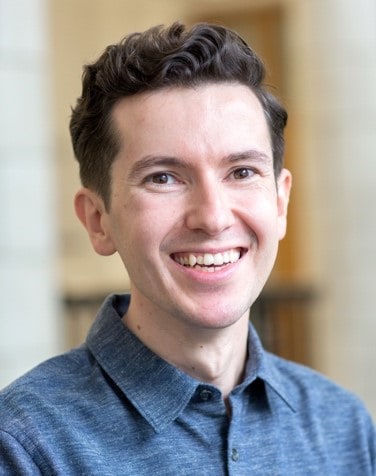
Aron Walsh began his career at Trinity College Dublin (Ireland) where he specialised in the computer simulation of solids.
Following a postdoctoral stay at the National Renewable Energy Laboratory (USA), he held a Royal Society University Research Fellowship at the University of Bath (UK), and then joined Imperial College London as the Chair in Materials Design.
He was awarded the EU-40 Prize for his work on the theory of solar energy materials and the RSC Corday-Morgan Prize for his contributions to computational chemistry.
Aron features in the Highly Cited Researchers list and is Associate Editor for Journal of the American Chemical Society covering energy materials and machine learning.
Computer-Accelerated Materials Design
The theory and simulation of molecules and materials has become increasingly accurate and predictive. The process of computing the chemical and physical properties of known compounds is now well established. The next challenge is to explore the vast space of unknown compounds, and to identify materials with the properties required to support the next-generation of technologies. This is being supported by rapid developments in both hardware (classical supercomputers and the first commercial quantum computers) and software (new algorithms and statistical approaches including machine learning).
Transfer of knowledge from the artificial intelligence community has the potential to supercharge chemical discovery by accessing a large phase space of potential compounds that is inaccessible by high throughput experiments or traditional calculations alone [1,2]. After providing an introduction to the current status and future direction in this field, I will illustrate developments from our recent progress in the description of materials used in solar energy technologies [3,4].
Current bottlenecks in the field, including the absence of reliable and comprehensive structure-property databases, will be discussed.